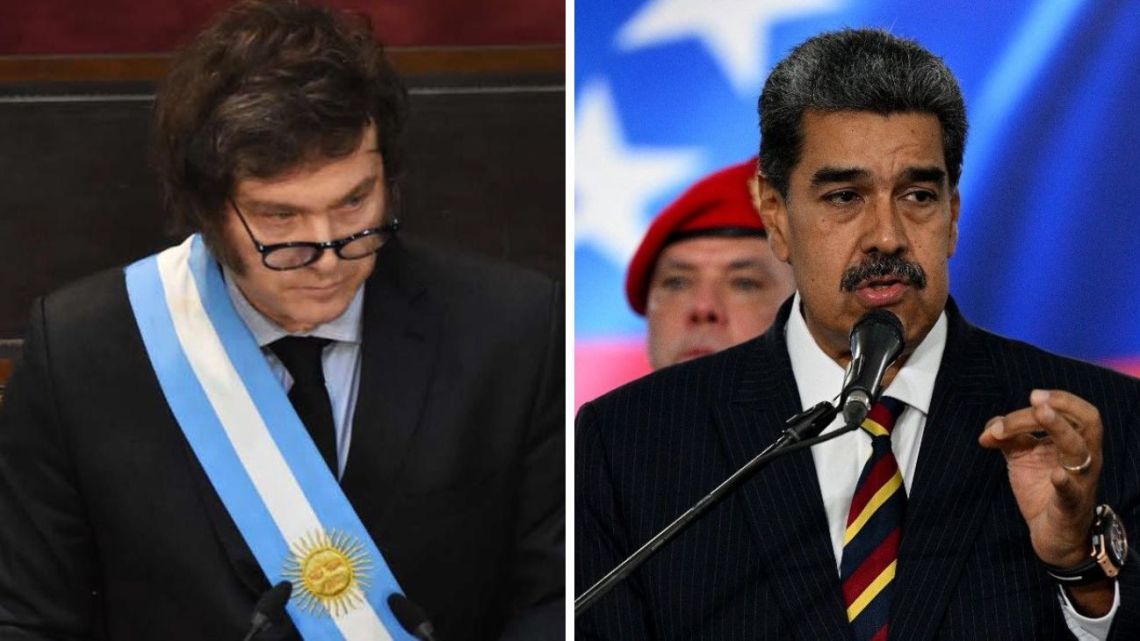Brazil’s Ministry of Development, Industry, Trade, and Services MDIC reported a significant surge in capital goods imports for 2024. The country witnessed its highest value of capital goods imports in ten years. This increase signals a robust trend in productive investments across various sectors of the Brazilian economy.
The total import value grew by 9% compared to the previous year, according to MDIC data. Capital goods imports led this growth with a remarkable 25.6% increase in volume. This surge reflects a strong appetite for investment in productive capacity throughout Brazil’s economic landscape.
Brazil’s overall trade performance in 2024 remained strong, despite a slight dip from the record-breaking 2023. The trade surplus reached $74.6 billion, marking the second-best result in the historical series that began in 1989. Exports totaled $337 billion, while imports amounted to $262.5 billion.
The rise in capital goods imports spans all ten categories tracked by the government. “Other transportation equipment” saw the most significant growth at 79%, reaching $2.4 billion. “Machinery and equipment” remained the largest category, growing 16.9% to $10.6 billion.
 Brazil’s Capital Goods Imports Reach Decade-High, Signaling Economic Growth. (Photo Internet reproduction)
Brazil’s Capital Goods Imports Reach Decade-High, Signaling Economic Growth. (Photo Internet reproduction)Importantly, this expansion stems from increased volumes rather than price hikes. Import volumes rose by 22.1%, while prices fell by 3.3%. This trend suggests genuine demand for production-enhancing assets across Brazilian industries.
Economists view this development as a positive sign for Brazil’s economic future. The growth in capital goods imports indicates that Brazilian businesses are preparing for expansion. They are investing in tools and technology to enhance their productive capabilities.
Brazil’s Capital Goods Imports Reach Decade-High, Signaling Economic Growth
This trend carries significant implications for job creation, especially in sectors requiring skilled labor. It also suggests a move towards modernization and increased competitiveness in global markets. However, recent interest rate increases may slow this investment trend.
The surge in capital goods imports reflects growing business confidence in Brazil. It signals potential for sustained economic growth in the coming years. The country’s economic trajectory will depend on how this trend interacts with other factors such as interest rates and global market conditions.
Brazil’s trade performance occurred against a backdrop of global economic challenges. These include fluctuations in commodity prices and geopolitical tensions. The recovery of domestic demand in Brazil also contributed to increased imports across various sectors.
The Ministry projects a trade surplus between $60 billion and $80 billion for 2025. They estimate exports between $320 billion and $360 billion, and imports between $260 billion and $280 billion. These projections suggest continued optimism for Brazil’s trade performance.

 By The Rio Times | Created at 2025-01-07 07:40:44 | Updated at 2025-01-11 23:01:53
4 days ago
By The Rio Times | Created at 2025-01-07 07:40:44 | Updated at 2025-01-11 23:01:53
4 days ago








